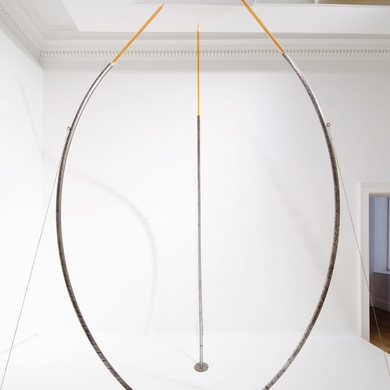Around 1514, the middle-aged painter Lucas Cranach found himself in front of two royal subjects, the future Henry IV of Saxony and his wife, Catherine of Mecklenburg. As he set to work, Cranach did something unprecedented. Against a black background, he made the two gracefully outlined portraits full-length. Those two works have since been recognized as the first full-body portraits in art, a strategy meant to confer power and status. Soon enough kings, nobles, and popes began commissioning their own looming portraits. The practice continued into the 19th century, with wealthy men and women standing for gilded-age artists Giovanni Baldini, Howard Cushing, and John Singer Sargent. This exhibition explores the full-length portrait from its origins through to the present, which is seeing a resurgence of the genre. —Elena Clavarino
The Arts Intel Report
Pictus Porrectus: Reconsidering the Full Length Portrait
When
Aug 4 – Oct 2, 2022



